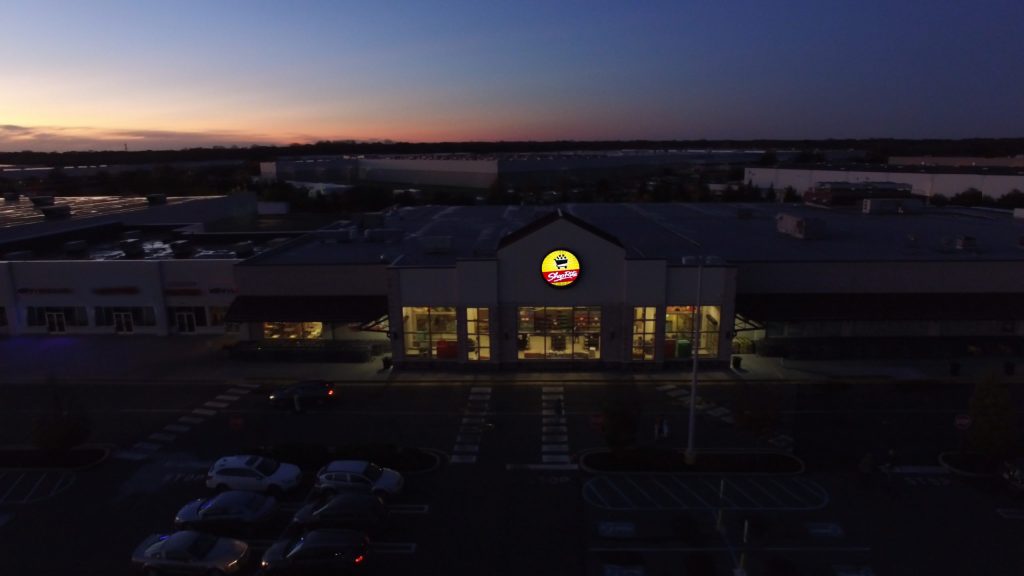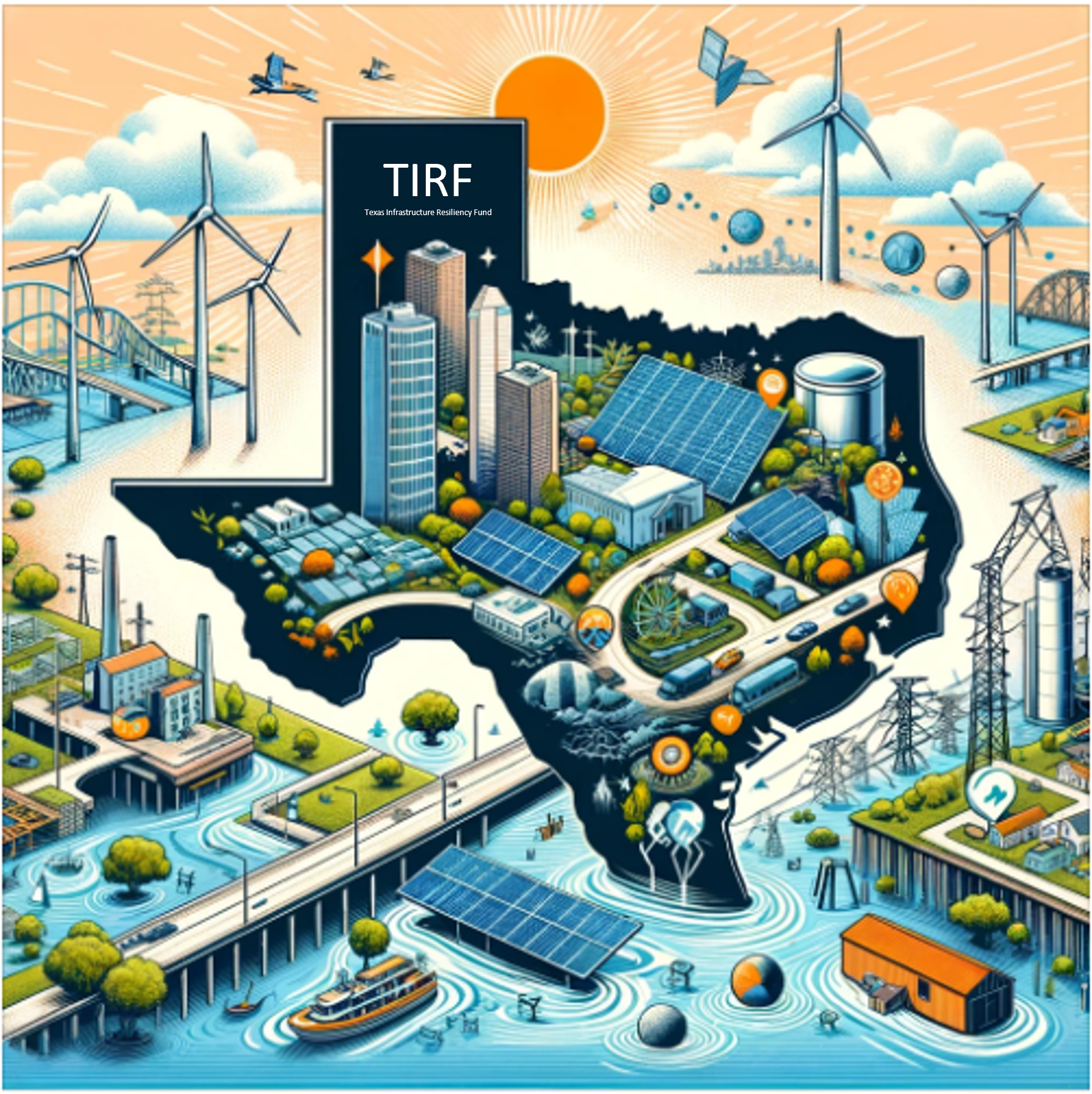Anatomy of a Microgrid Island Mode Event

When a 26-hour utility power outage occurred at a ShopRite in Long Island, NY, the disruption could have been costly. Instead, the store’s microgrid entered island mode and fully supported the store’s operations during the outage.
It is late August and a ShopRite store in Long Island, NY, is bustling with activity. With the workday over, shoppers are buying supplies for day trips to the beach, the upcoming Labor Day weekend, and even the busy back-to-school season. The store’s refrigerators are well-stocked and the lines at the cash registers are long.
But outside, a thunderstorm is rolling into the area. At 6:34 PM, the first lightning strike cracks. At 7:04 PM, storm winds knock an oak tree onto the utility power lines, creating a ground fault that immediately cuts off power to the ShopRite and neighboring buildings.
This is the type of situation that grocery store owners dread. Stores that are powered solely by the utility are at the mercy of grid outages. As the minutes tick by, the risk of spoiled products and lost sales grows rapidly.
But this time is different. This ShopRite has a microgrid designed for resilience and capable of entering island mode during grid failures. The Unison Energy microgrid, which provides 99% of the store’s power needs throughout the year, typically runs in parallel with the utility and load follows the site’s electric demand. When the outage occurs, the microgrid shifts seamlessly into island mode and ensures the ShopRite continues operating as usual.

Energy insights, delivered
Subscribe for more content.
